A peaceful, mostly rural county with a rich history and wealth of treasures for visitors to explore - here's what you should see in Co Armagh.
Armagh, in the province of Ulster and the smallest of Northern Ireland’s six counties, is located on the southern shore of Ireland's largest lake, Lough Neagh.
The county has been nicknamed the “Orchard County” owing to its apple-growing areas around Loughgall in the north. What could be more idyllic?
Here’s our choice of the top five tourist attractions to visit in Co Armagh:
St. Patrick's Cathedrals
The Two St Patricks, Co Armagh. (Ireland's Content Pool)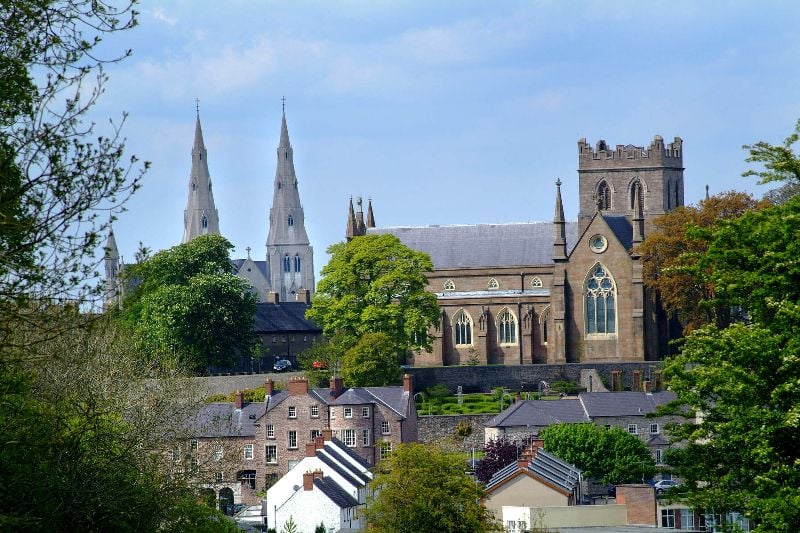
Armagh is the seat of both Church of Ireland and Catholic bishops in Ireland. The spiritual capital of the country Armagh is the oldest and most venerated in the country.
The Roman Catholic cathedral stands on a hill and is noted for its twin spires. It’s also an architectural oddity as during construction it not only changed architecture but architectural style, halfway up the walls. The bottom half was designed in 1838, in the English Perpendicular Gothic style, by Thomas Duff of Newry; the top half designed in 1853, in the French Decorated Gothic style, by J. J. McCarthy of Dublin. The cathedral was finally consecrated in 1904.
For more, visit ArmaghArchdiocese.org.
Ring of Gullion
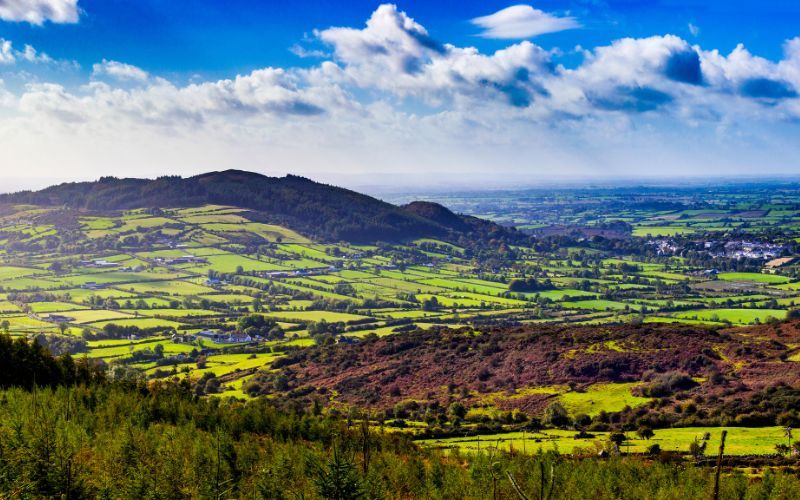
Ring of Gullion, Co Armagh. (Getty Images)
The Ring of Gullion is an area of outstanding beauty and home to a unique geological landform. It was the first ring dyke in the world to be geologically mapped. This “ring” forms a rampart around the heather-clad Slieve Gullion mountain. The hills are steeped in legends attached to the area’s archaeological heritage. It’s said that Cúchulainn and the Red Branch Knights, the O’Neills, and the O’Hanlons roamed this area.
For more information on the area, visit RingOfGullion.org.

Are you planning a vacation in Ireland? Looking for advice or want to share some great memories? Join our Irish travel Facebook group.
Tannaghmore Farm and Gardens
What better way to pass a summer’s day than taking in the Irish gate, tree, and sculpture trails, visiting the Rare Breeds Farm, and a little trip to the barn museum?
Also, if you’re looking for love Tannaghmore is home to the Kissing Gate. Legend has it that couples who kiss over the gate will get married within a year.
For more visit DiscoverNorthernIreland.com.
Brownlow House and Lurgan Park
Brownlow House and Lurgan Park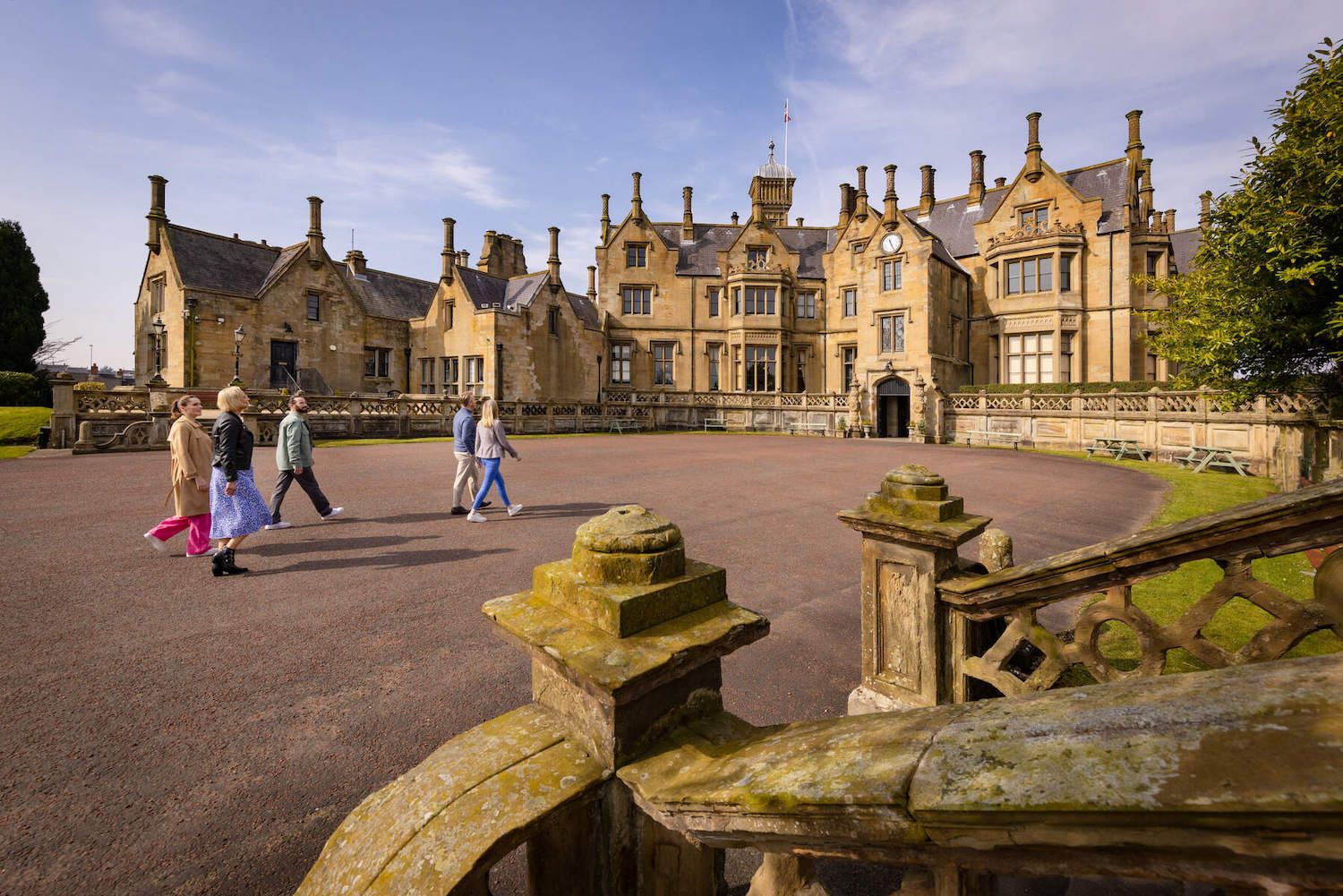
After the Phoenix Park in Dublin, Lurgan Park is the largest public park on the island of Ireland. The park surrounds a 59-acre manmade lake along with well-maintained paths. At the edge of the park lies Brownlow House. Reputed to have 365 rooms the Elizabethan style home was built for Rt. Hon. Charles Brownlow in 1836 to the design by Scottish architect William Henry Playfair.
The house has amazing history including the fact that at the outbreak of the First World War, it was the headquarters of the 16th Battalion Royal Irish Rifles and the 10th Battalion Royal Irish Fusiliers. During World War II various contingents of British and American troops were stationed there and it’s said that General Dwight D. Eisenhower, the Supreme Allied Commander stayed in the house. A room has since been named “The Eisenhower Room.”
For more, visit BrownlowHouse.com
Palace Stables Heritage Centre
The Palace Demesne, Co Armagh. (Ireland's Content Pool)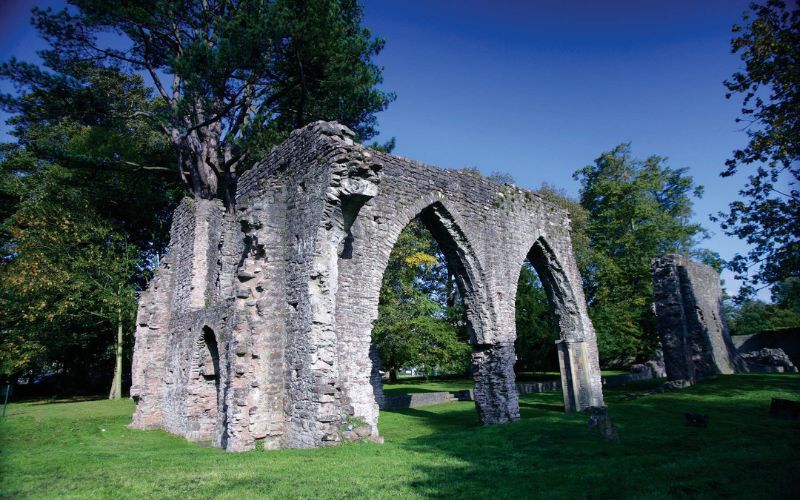
These 19th-century stables, sure to be a hit with the kids, have been restored to create a Georgian-themed heritage center offering the chance to immerse themselves in the atmospheric hustle and bustle of life in 1786. Guides dressed in costume will give you a guide around the estates and give you insights into the workings of the former palace of the Archbishop of Ireland, home of Archbishops of the Church of Ireland from 1770 until the 1970s.
The Palace is located within walking distance of Armagh City center and comprises of 300 acres of parkland. Open to the public, you can talk a stroll into the back meadows or around the formal gardens.
For more, visit DiscoverNorthernIreland.com.
* Originally published November 2016. Updated April 2023.
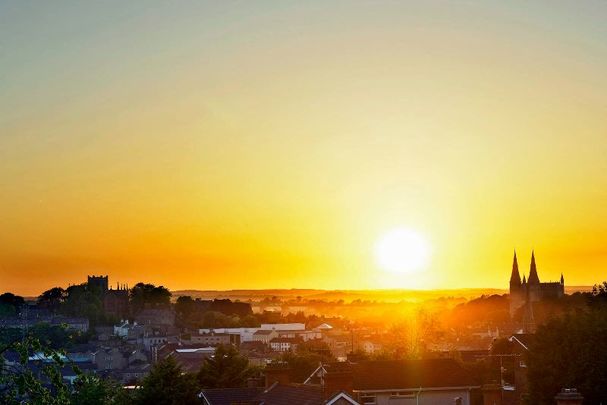



Comments